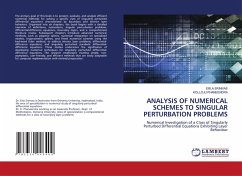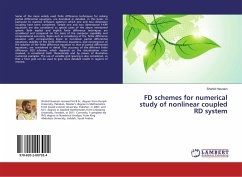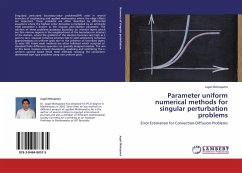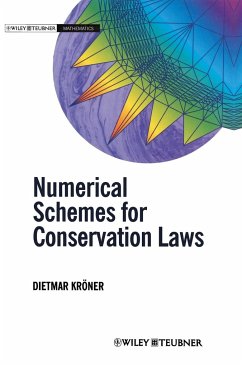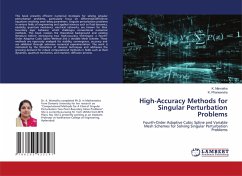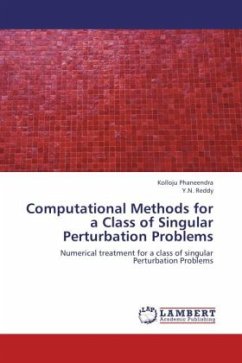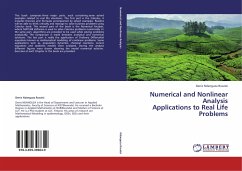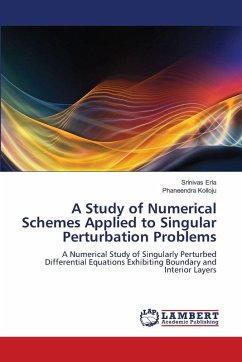
A Study of Numerical Schemes Applied to Singular Perturbation Problems
A Numerical Study of Singularly Perturbed Differential Equations Exhibiting Boundary and Interior Layers
Versandkostenfrei!
Versandfertig in 6-10 Tagen
40,99 €
inkl. MwSt.

PAYBACK Punkte
20 °P sammeln!
The central objective of this book is to provide a comprehensive introduction to, detailed demonstration of, and critical analysis of a variety of numerical techniques that have proven to be both effective and accessible for addressing a specific class of singularly perturbed differential equations. These equations are notably distinguished by the presence of boundary and interior layers regions where the solution exhibits rapid variation due to the influence of small perturbation parameters. To facilitate a structured and coherent exploration of the subject, the book is systematically organiz...
The central objective of this book is to provide a comprehensive introduction to, detailed demonstration of, and critical analysis of a variety of numerical techniques that have proven to be both effective and accessible for addressing a specific class of singularly perturbed differential equations. These equations are notably distinguished by the presence of boundary and interior layers regions where the solution exhibits rapid variation due to the influence of small perturbation parameters. To facilitate a structured and coherent exploration of the subject, the book is systematically organized into six chapters. The opening chapter lays the groundwork by offering an in-depth examination of the fundamental definitions and conceptual motivations that underpin singular perturbation theory. Furthermore, this chapter includes a thorough and critical survey of existing literature, tracing the historical development of the field and identifying key contributions that have shaped current understanding. This foundational discussion sets the stage for the subsequent chapters, which delve into specific numerical schemes and their application to various singular perturbation problems.



